 1 / 22
1 / 22

 1 / 22
1 / 22

We often come across the name Ferko in the arts community, and that is no coincidence. In addition to being one of Turkey’s most respectable businessmen, Ferit Meriçten is a dedicated art collector. We had an inspiring conversation with Ferit Meriçten on collecting, his town of birth Izmir, art and artistry.
How did you develop an interest in art?
I began to collect art in 1983. I was in my thirties. Frankly, I had no knowledge of contemporary art back then. I had always used to think of classic art especially when painting and sculpture were mentioned. But it eventually turned into a passion. Güngör Taner the painter was my sisters’ neighbor at the summer house. He used to have his studio there throughout the summer and that’s where I saw his paintings. As you may already know, they are very vivid. I acquired my first artwork from Güngör Taner (via Yahşi Baraz) and hung it at the central spot in my house. Then I began to visit galleries; in Turkey, there were no art fairs yet. There were barely ten galleries in Istanbul. This passion of mine developed further as time went by and I started to acquire artworks in line with my budget. In the last three and a half decades, I did business in fourteen countries including Azerbaijan, Turkmenistan and Libya. There were remarkable artists in Uzbekistan and Kazakhstan; but Azerbaijan was particularly good. There I created exhibition halls in the country’s first five-star hotel that I built; I contributed to their art scene.
Apparently in the last 6-7 years, your collecting activities have gained momentum...
My children became more deeply involved in business and this gave me more spare time. Particularly in the last two decades, I became very knowledgeable on groups of artists and which artists to buy and not to buy. I also read a lot. I own 500 very significant artworks.
Is there a theme, a technique or a time period you prefer over others?
The earlier periods of Turkish Contemporary Art are not that appealing to me. But of course, if we consider her one of the earlier artists, I own great works by Fahrelnisa Zeid. I also have good works by Nejad Melih Devrim, her son... Burhan Doğançay, having come a bit later than them... I also have a significant Fikret Mualla collection.
Do you exclusively buy paintings and sculpture, or are you also interested in video art and new media art?
I have been interested in new media art in the last three years and I occasionally buy new media artworks. I began to enjoy them too; you get used to them as you get exposed to them. I’m not in my twenties or thirties. At my age, you tend to resist quick adaptations to new things; this has advantages as well as disadvantages. But once you become familiar with them, you are able to make quicker and more careful choices. I tend to like relatively earlier works in this area. I deeply admire Sarkis; I recently acquired two works of his. I had visited his studio in Paris and we sponsored his show at Dirimart. I also seriously contributed to Sarah Morris’s visit to Istanbul.
Can we claim that you prefer abstract and geometric works?
I’m not interested in classics. I’m mesmerized by contemporary and abstract works, for I’m a technical and analytical person. The colors are more vivid in them. I learn to look at them, see them and I feel relieved. I enjoy trying to interpret geometrical elements and imagine where the artist’s ideas came from and what went through his mind during production. Sometimes I also ask it to the artist himself. The majority of them have a systematic approach that changes in time. This is particularly evident in the works of international artists. Half of my acquisitions in the last 7-8 years came from foreign artists.
Which countries’ artists and galleries do you follow?
After my university graduation, I stayed in Germany for a year and a half. I prefer galleries from Berlin and Dusseldorf. I’m also very fond of Ergin İnan; he’s from the German School as well. I used to work with Dağhan Özil very often while he had a gallery in Berlin. I love Italy and France and I regularly visit the south of France. I admire the American art of the last three decades. A certain period of British art is also very good. On the other hand, I truly believe in our modern and contemporary art. There are great young artists; but that golden era in 2008-2013 with outstanding financial satisfaction for the buyers as well as for the artists, is unfortunately over. There is a downward slope and artists experience serious difficulties. This is very saddening.
Why do you think this happened?
Some market shapers and auctioneers contradict the gallery owners and the artists. The work acquired from the gallery for 100,000 dollars gets sold in the auction for half that price. Very low prices emerge for some works by great artists. But at the end of the day, it’s free market economy; you have to live with it. The falling prices encourage those who approach this endeavor as commerce; this generates market dynamism which is better than zero dynamism. This is part of the economy. I don’t deny it and I find it natural.
Ethic seems to step in at this point...
Of course. Art is sublime. All kinds of businesses have ethic; but it has to be a bit higher in art, for those who supply or demand it are all people with a certain level of cultural background. They have to preserve it. I’m one of those who believe in it but difficulties erode it, unfortunately.
People in Turkey are usually hesitant to step into a gallery to view an exhibition...
They are shy. But I keep telling gallery professionals the following: they don’t have and they have never had a proper, stable association. They couldn’t generate a common platform. All of us have a role in the arts’ underdevelopment in Turkey. There is no state support and taxes are very high.
I truly believe in our modern and contemporary art. There are great young artists; but, that golden era in 2008-2013 with amazing financial satisfaction for the buyers as well as for the artists, is unfortunately over.
Are your acquisition decisions based on intuition and taste? Do you conduct preliminary research? Do you work with consultants?
I worked with consultants for many years. There are experts in the field who are like family to me. My relationships with some gallery owners go well beyond the scope of business; we are like brothers. I stand by them during hard times, and all kinds of trading businesses have hard times. Under these circumstances I’m able to access correct information rather easily, especially regarding what’s going on abroad. It’s sometimes difficult to analyze the international context. On the other hand, I know the artists in Turkey very well and I follow the emerging ones as I regularly visit exhibitions. In this sense I trust my intuition and first impression based on my level of experience. And that’s the gambling part.
Do you mean in terms of financial investment?
No. What you like and choose is always a good investment. A collector’s priority isn’t financial investment. It’s spiritual fulfillment; it’s passion. An expertise, body of knowledge and instinct emerge out of many years of experience, and that instinct matters. If it’s correct, the investment automatically becomes a good one. You occasionally make mistakes but they amount to the thirty percent of all your decisions. The prices of some paintings I had acquired for 5,000 dollars have risen to 150,000 in ten to fifteen years.
Sharing the collection with the public is an important source of motivation... Do you have plans for a museum in the future?
Sharing is surely very important; the work lying in the storage is useless for me. I want to see it and the people to see it. I tend to forget whatever remains stored. But I don’t plan to start a museum.
Do you exhibit your collection at your construction projects?
In Signature, our ongoing construction project in Levent, we are building a 1000 m2 exhibition space. There we will both present our collection in rotating exhibitions and offer it to emerging artists as a free-of-charge exhibition venue. The building will have a great sculpture by Tony Cragg installed at the front. We have many sculptures in the collection and we are also building a roof with a sculpture park. We want to finalize the project in September 2017; if we can’t, we intend to launch it with a concept like “Art Under Construction”. Our existing motto is “Art in Construction”. Furthermore, we are building a large high school in Göktürk to be donated to public service. It’s a building of 1,500 meters square and 32 classrooms; the ministry’s standard is 24. It has all kinds of infrastructural elements including laboratories and an olympic gymnasium. We also intend to organize exhibitions there to educate young people. Art is as important as sports.
One can’t become an artist; he’s born an artist. Then he is trained; his views may change then.
The art fairs you regularly visit?
I have been visiting all the leading art fairs in the last fifteen years: Frieze, Art Basel, Maastricht... This year I will also visit Art Cologne for the first time. I visit Berlin every two months. There the state decided to turn Berlin into a center for art; they aim at attracting 50 million tourists a year and I think they have already begun to attract 15 to 20 million of them. Museum investments are outstanding; great combinations of the old and the new, infrastructure, channels... There are only a few more cities like that. So is Bruges; Belgium has always had very good artists. It’s a rich, merchant, social and democratic country that wants decent living conditions for its citizens. On top of that, it’s one of the two or three most affordable countries for artists; the state subsidizes them. On the other hand, they are having a difficult time in Italy as the state withdrew its support from arts; gallery owners are unhappy. France is doing relatively better. Finally, I stay in Los Angeles for 15 days every year; there the museums and galleries are very high-level. Chinese art and Hispanic art are very popular. There are numerous high-level real estate buyers in that area and this is one of the reasons why the art scene is so highly developed, i.e. there is demand for it. People are well-educated regardless of their country of origin; they are familiar with painting and sculpture. They want to see art in their homes and backyards.
Do you ever commission artists?
I rather choose and buy finished artworks. Buying something that the artist himself made as he wished is much better; I don’t like tailor-made artworks.
I assume the artist’s autobiographical journey is in itself exciting for you... Do you read artists’ life stories?
Absolutely. It would be more difficult to initiate a dialogue with an artist without having read about him. You wouldn’t understand each other. You need background knowledge so that you can establish the communication. It would make it easier for you to understand his artistic journey and your dialogue would be more long-lasting and sincere. Approaching the artist in a well-informed state also indicates that you respect him and his oeuvre.
In your opinion, is one born an artist or does he become one?
One can’t become an artist; he’s born an artist. He’s born one even if he’s a savage. Then he is trained; his views may change then. This is the creator’s gift. Moreover, there are plenty of things to draw inspiration from in the dynamic, chaotic and often suffering societies of continents like South America and Africa. In more prosperous countries, for instance in the USA, the majority of the prominent artists are migrants. Most Americans are digital artists; very few of them paint or sculpt. Migrants are more ambitious and they keep the market going.
Other collections you admire?
So many. First, Arkas from İzmir; it’s an unbelievable collection with its taste, presentation and even conservation. It features both classic and contemporary works. I didn’t know they had so many works by Vasarely; I was very impressed. Arkas is a truly global collection. As someone from İzmir, this makes me very happy. I resent the fact that a city with such a rich history and high level of education like İzmir has so little in terms of art. Its artists either went to İstanbul or abroad because they don’t have a client base in İzmir. Regarding collections from İstanbul, Can Elgiz is a dedicated collector. Öner Kocabeyoğlu is a passionate collector with great choices of artists. The Kıraç family owns a breathtaking collection. Eczacıbaşı’s awareness in collecting is also very high. Turkey has come a long way in this regard.
You were born in İzmir and came to İstanbul for education...
Yes, I’m from Göztepe. I came to İstanbul for university and stayed here. I graduated from Maarif Koleji (State School) in Bornova, a boarding school where I studied for seven years.
Lately, many young artists have been moving to İzmir and setting up alternative initiatives there...
Yes, I monitor them very closely. Nejat Satı, the Oganers...
Art is sublime. All kinds of business have ethic; but it has to be a bit higher in art, for those who supply or demand it are all people with a certain level of cultural background
Do you collect anything other than art?
I enjoy collecting model cars at least as much as I enjoy collecting art. But these aren’t cars you can find everywhere or buy from a store; they are produced in limited edition. They have 4-5 producers in the entire world. You make an advance payment and the car arrives after two years. This is another endeavor requiring discipline; I have been doing it for twenty five years. It can’t happen overnight; I have 1,700 cars. The new building will also have a place for them. I will keep some in my office and some in the exhibition space.
Have you visited the Key Museum?
I did and I was very impressed; it has an amazing gusto. I said to myself “İzmir makes a difference”.
Do you have collections you inherited from your family or coming from your childhood?
My grandfather had a significant prayer-beads collection. I still keep a portion of it. In childhood I used to collect stamps. At the boarding school, we used to entertain ourselves with our stamp books; we used to try to complete series. Then in college, I was short of money once; I gave the stamps to a friend so that he could sell them. He took them and left; neither came the money nor the stamps! I also had a very significant record collection; I used to buy one 45’s on a weekly basis. At that time in Konak, it costed 2.5 Turkish liras at Çobanoğlu and Damlapınar. During high school I switched to 33’s. I have a Beatles series; I admire them a lot, we grew up with them. And the Rolling Stones and Animals. And finally, Queen. These are my favorites. At the boarding school we used to listen to Çiğli Air Force Base station with our tiny, portable radios; it had an amazing playlist.
What would be your recommendations for beginners in collecting?
First, to travel and to read a lot. It’s also necessary to categorize the beginner; what would he like and dislike? He should decide that first. For instance, I can’t like certain things; I argue something is good if ninety percent of the people like it, and in spite of that I occasionally find myself in the ten percent with some great artists. I don’t like works with classical inspiration which amorphize the classical; I prefer the purely contemporary. This is an addiction, an outstanding endeavor.
This interview is conducted by İpek Yeğinsü on behalf of Art50.net for TEB Private.



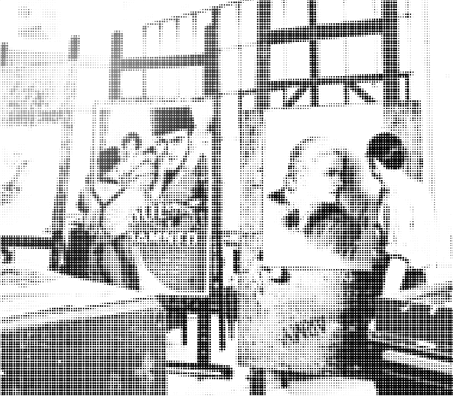



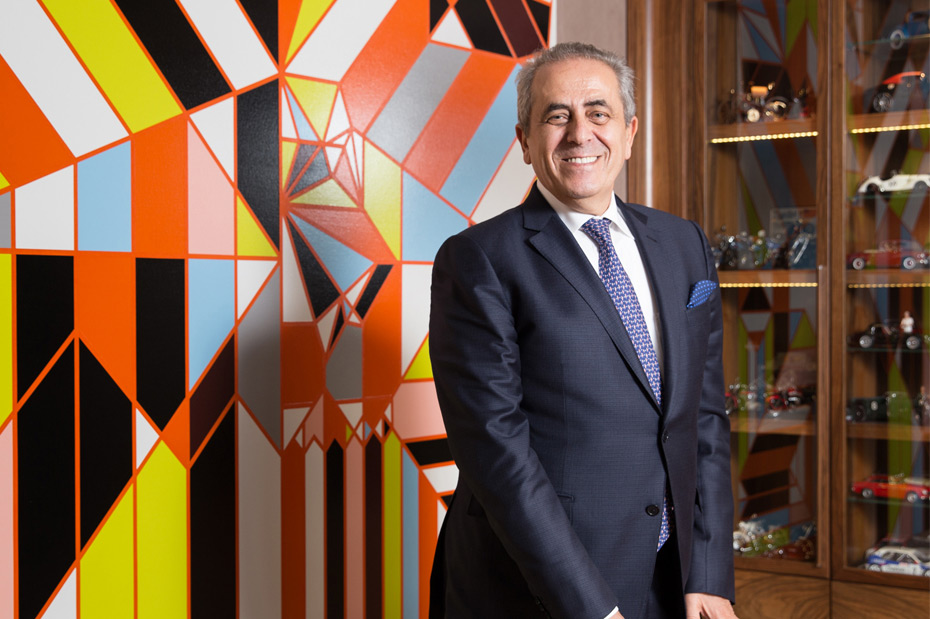
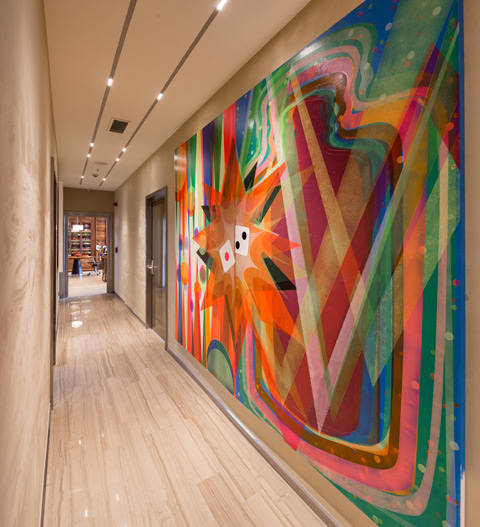
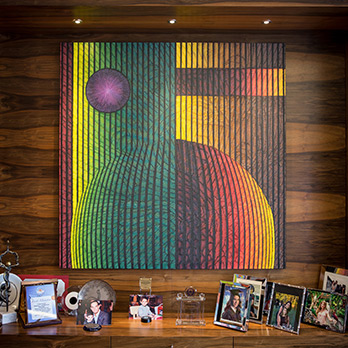

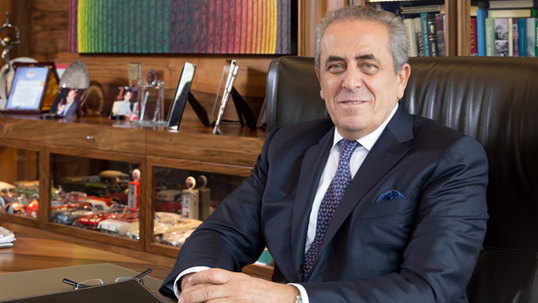
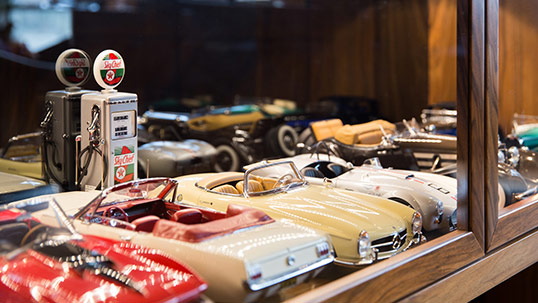
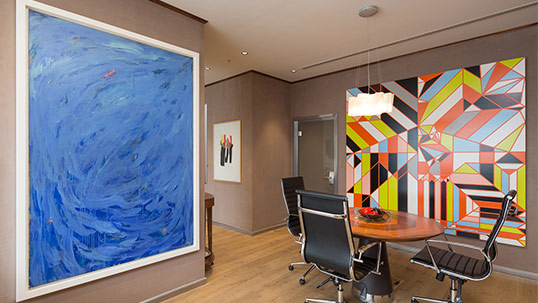
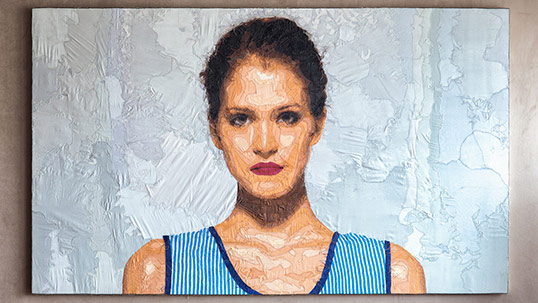
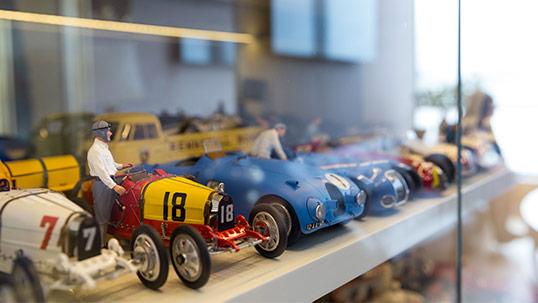
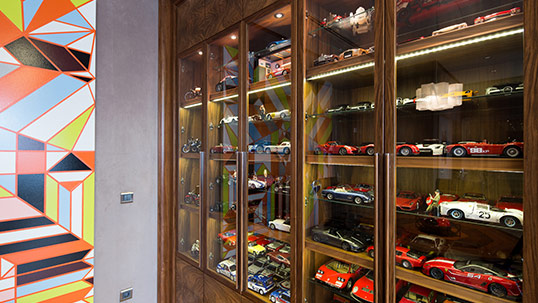

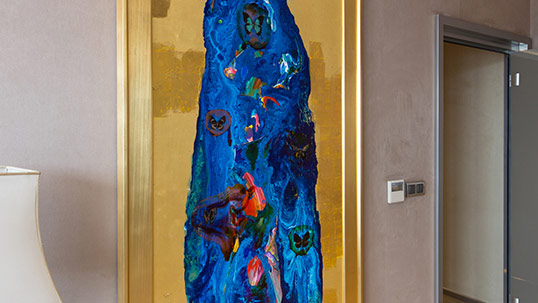
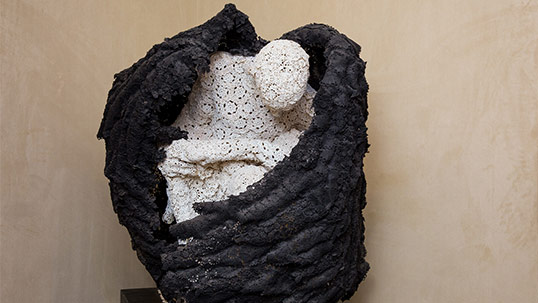
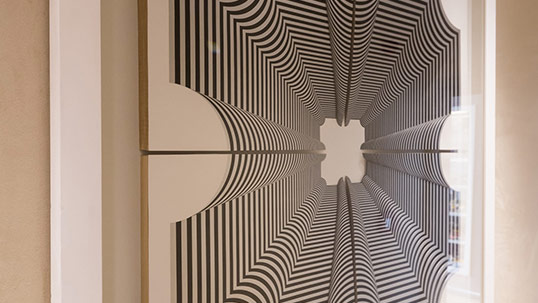
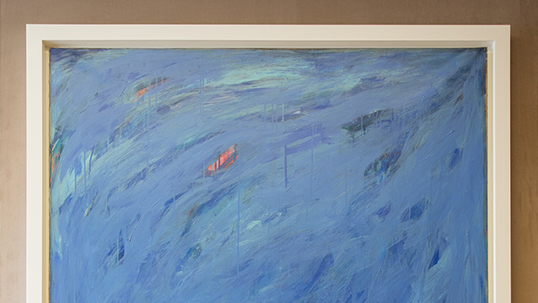
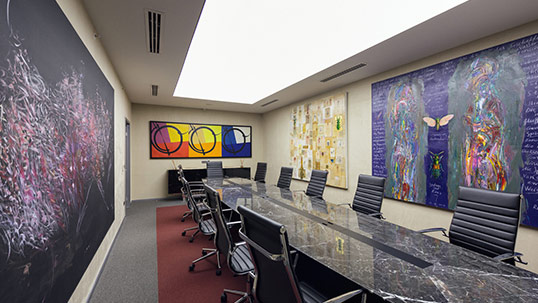
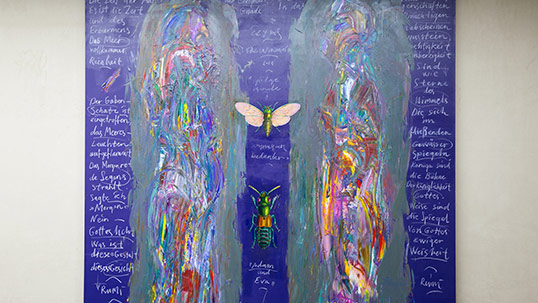
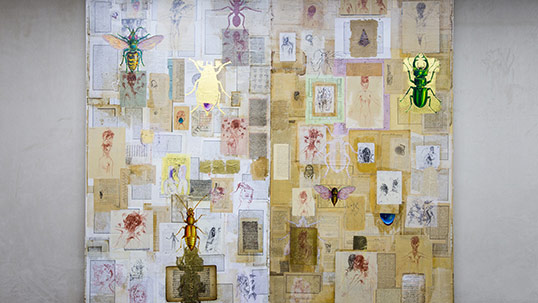
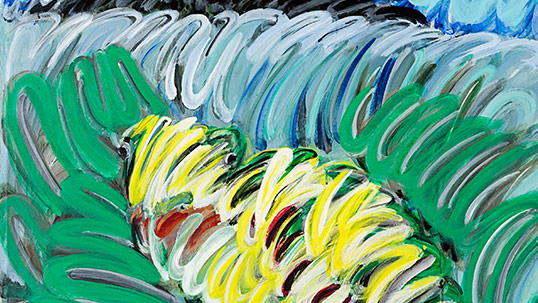
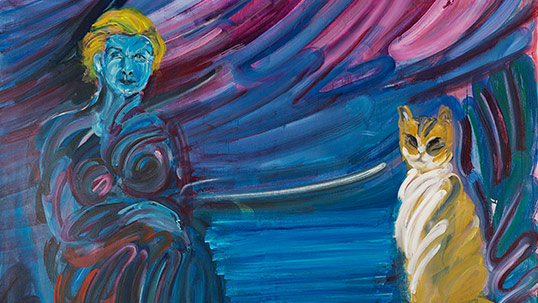
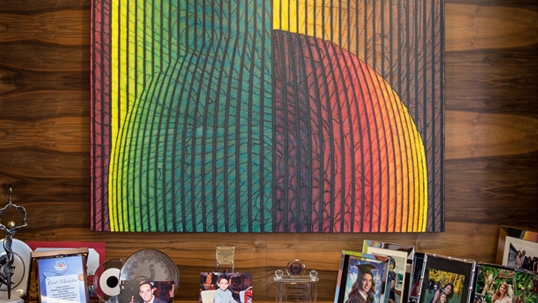
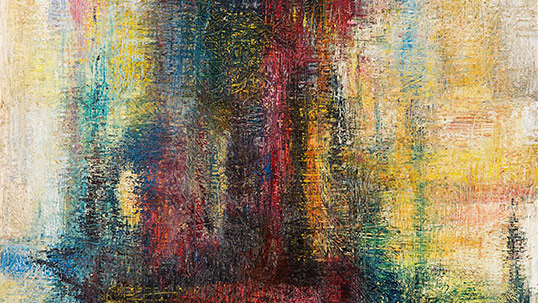
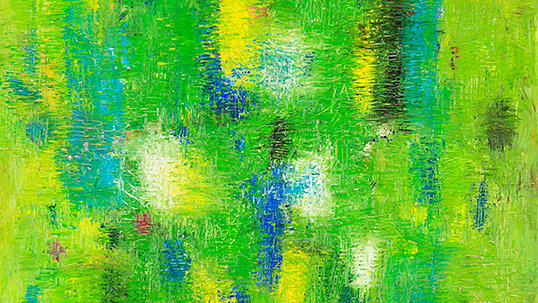
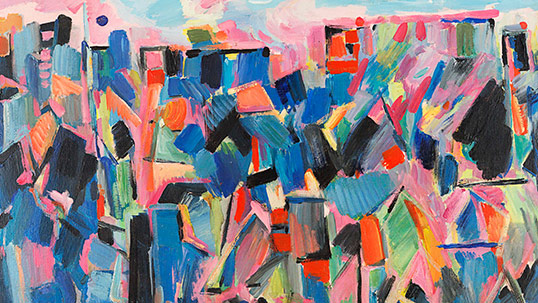
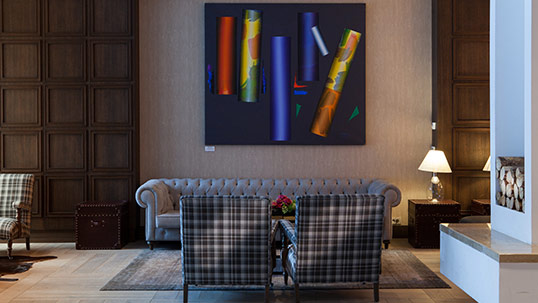
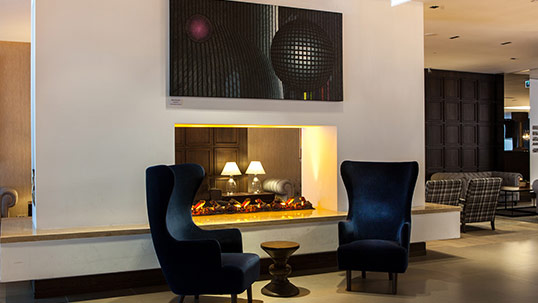



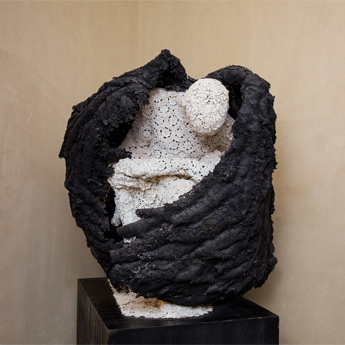
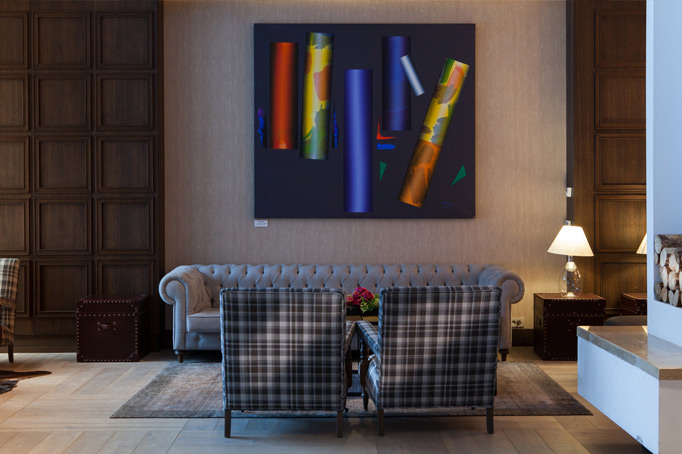
 UP
UP


